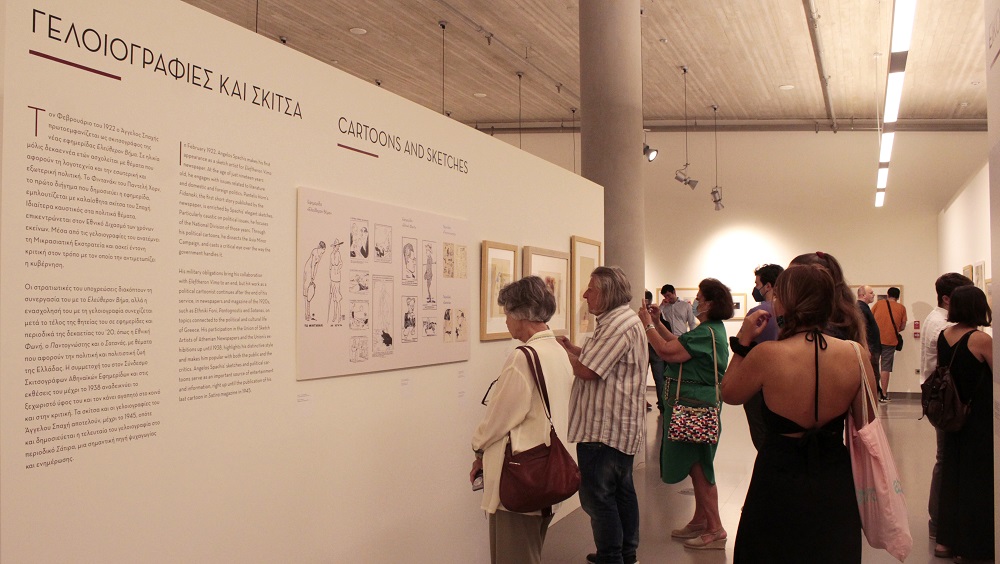
The National Library of Greece is organizing the exhibition Aggelos Spachis 1903-1960, on the work of the great, and unknown to the wider public, Greek graphic artist Aggelos Spachis, in its large exhibition space, in the atrium of the 4th floor of the Stavros Niarchos Foundation Cultural Centre (SNFCC). The exhibition is part of the broader exhibition programme of the HEA and, like all its previous exhibitions, it will be open seven days a week, from 9.30 to 20.00, with free admission for the public.
The National Lobrary of Greece is organizing the exhibion Aggelos
Aggelos Spachis was born in Athens and was a self-taught artist. He began his career in 1922 as a cartoonist for Dimitrios Lambrakis’ Eleftheros Vima and was a member of the pioneering interwar “Art Group 1930”, taking part in the second (1931), third (1933) and seventh (1940) exhibitions of the Group. He participated in the Greek presence at the Venice Biennale in 1934, while he also showed his works in the exhibitions of the Association of Sketchwriters (in 1932 and 1938).
During the interwar period, Spachis was among the most innovative Greek artists. Without having travelled abroad and without having attended systematic studies of painting, thanks to his personal quest, he had managed to embrace the principles of modern art, especially Cubism and Constructivism/Neoplasticism. He was one of the first, in fact, who boldly appropriated the technique of collage and used in his works heterogeneous materials (paper, wood, cloth, string, pasted photographs), producing some of the most subversive – for the standards of Greek art of the period – paintings. It is no coincidence that his paintings were presented in the iconic exhibition Metamorphoses of the Modern. The Greek Experience, curated by Anna Kaffetsi in 1992 at the National Gallery.
During the 1930s and 1940s, Spachis had also expressed a particularly important, albeit limited, theoretical discourse, a fact which, however, emphasizes his importance for Greek art and its connection with Modernism. In the interwar period he had demonstrated particularly memorable stage design work, and was the creator of the set design for the famous performance of Hecuba, directed by Fotos Politis, at the Panathenaic Stadium, a performance that is considered the first revival of ancient drama in modern times.
After the Second World War, Spachis distanced himself from painting and dealt exclusively with the applied arts and especially with advertising, the creation of posters (he already had a long tenure in the tourist posters of the Greek National Tourism Organization in the 1930s) and interior decoration, where he also innovated by adopting and promoting in Greece the Bauhaus aesthetics. Spachis is considered the father of graphic design in Greece, as he was the first to deal with it systematically. He worked tirelessly for the tobacco companies Papastratos and G.A. Keranis, creating as their artistic consultant all the designs and logos of their products. One of its logos, the emblem of the Assos cigarettes of the Papastratos company, still survives today, almost 100 years after its creation. An introverted and modest character, although he devoted himself to the graphic design of advertising, he was never concerned with his personal promotion, which is why his work has never received the attention it deserves.
INFO
Exhibition: AGGELOS SPACHIS 1903-1960
Exhibition duration: 20/09/2022 – 20/11/2022
Opening hours: daily, 09.30 – 20.00
Editor of the publication-Catalogue: Stavros Zoumboulakis
Curators of the exhibition: Alexandros Papageorgiou-Venetas, N.P.Paisios, Konstantina Dakolia, Athena Kyriakodi
Terrace on the 4th floor
Free entrance for the public

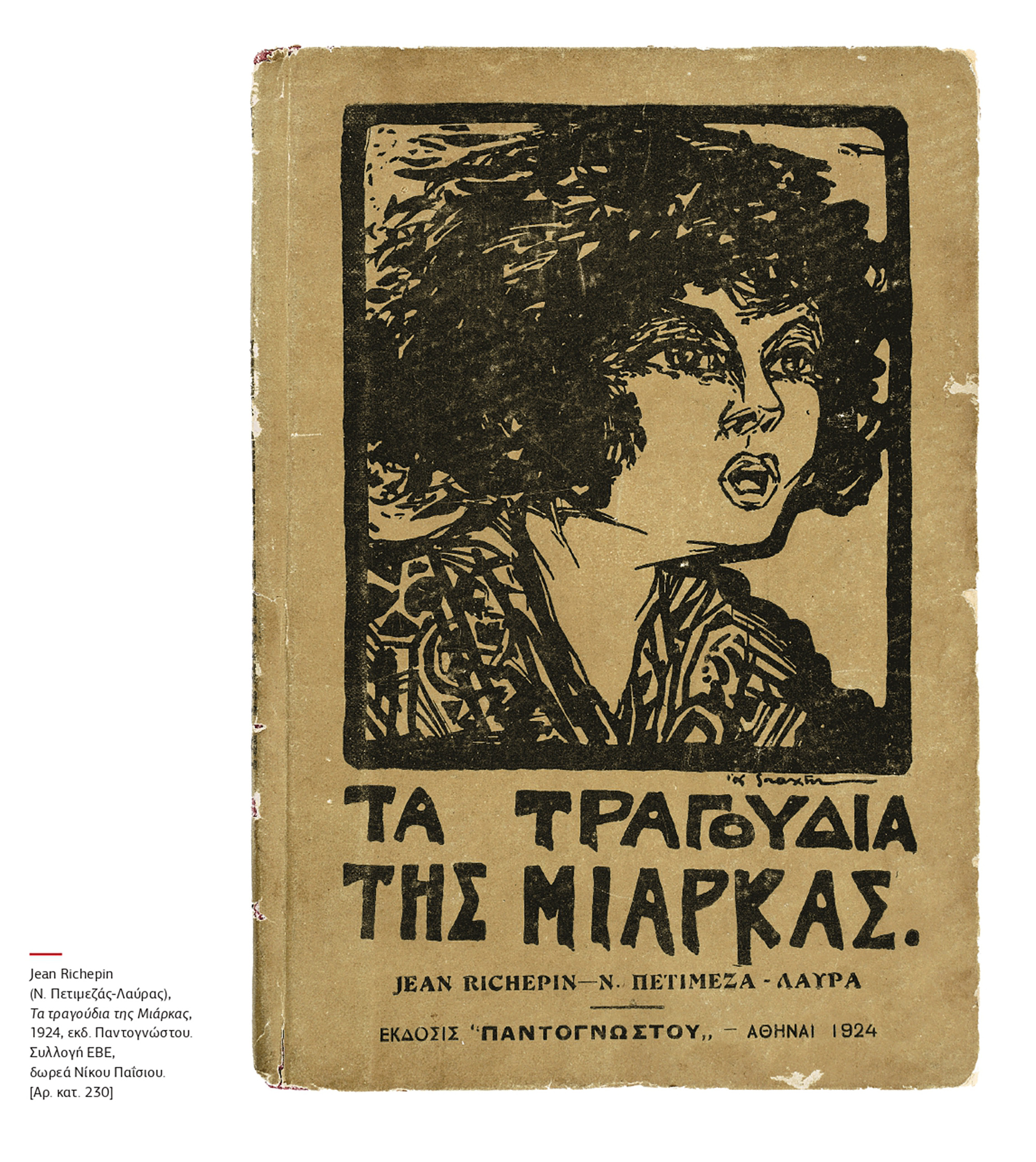
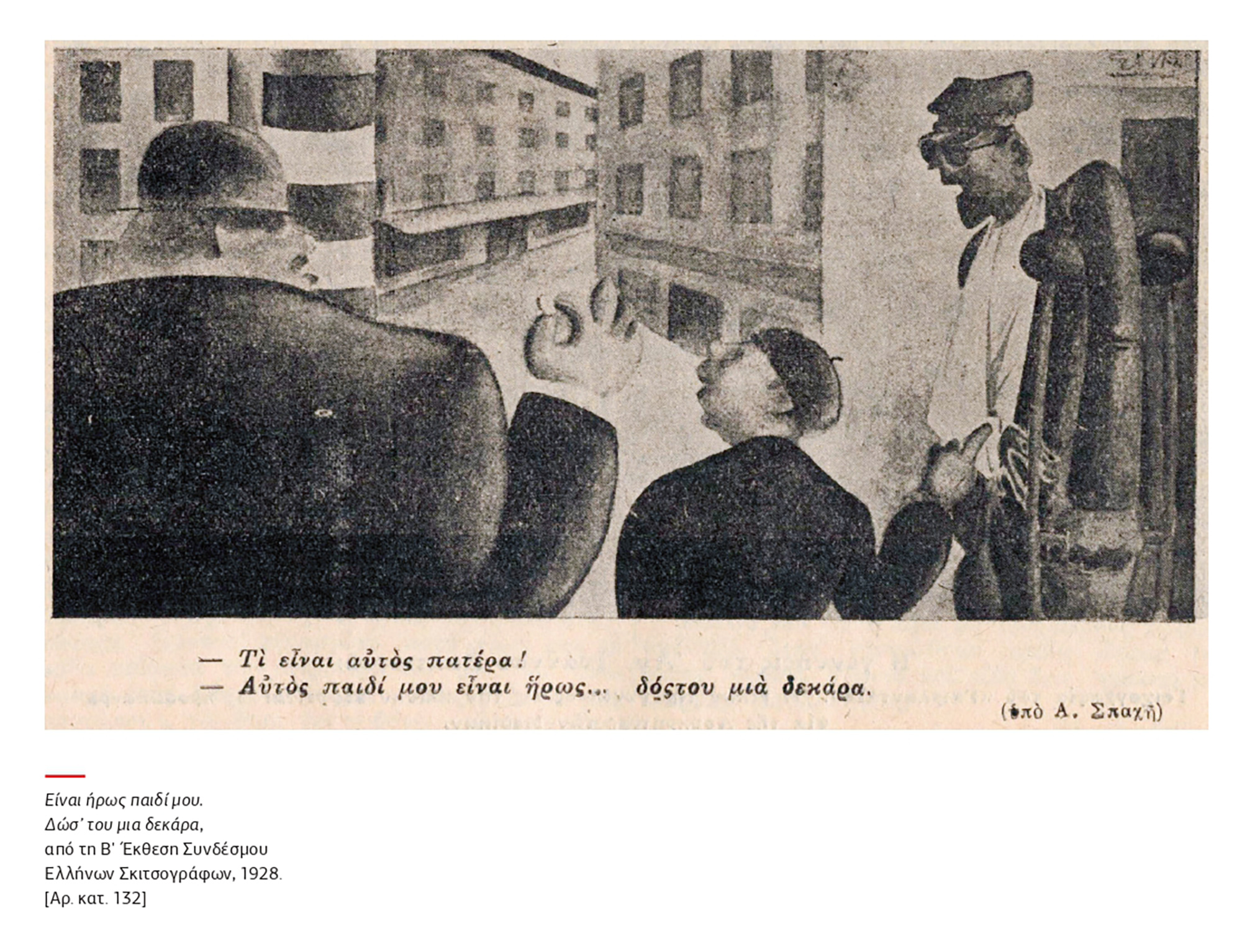
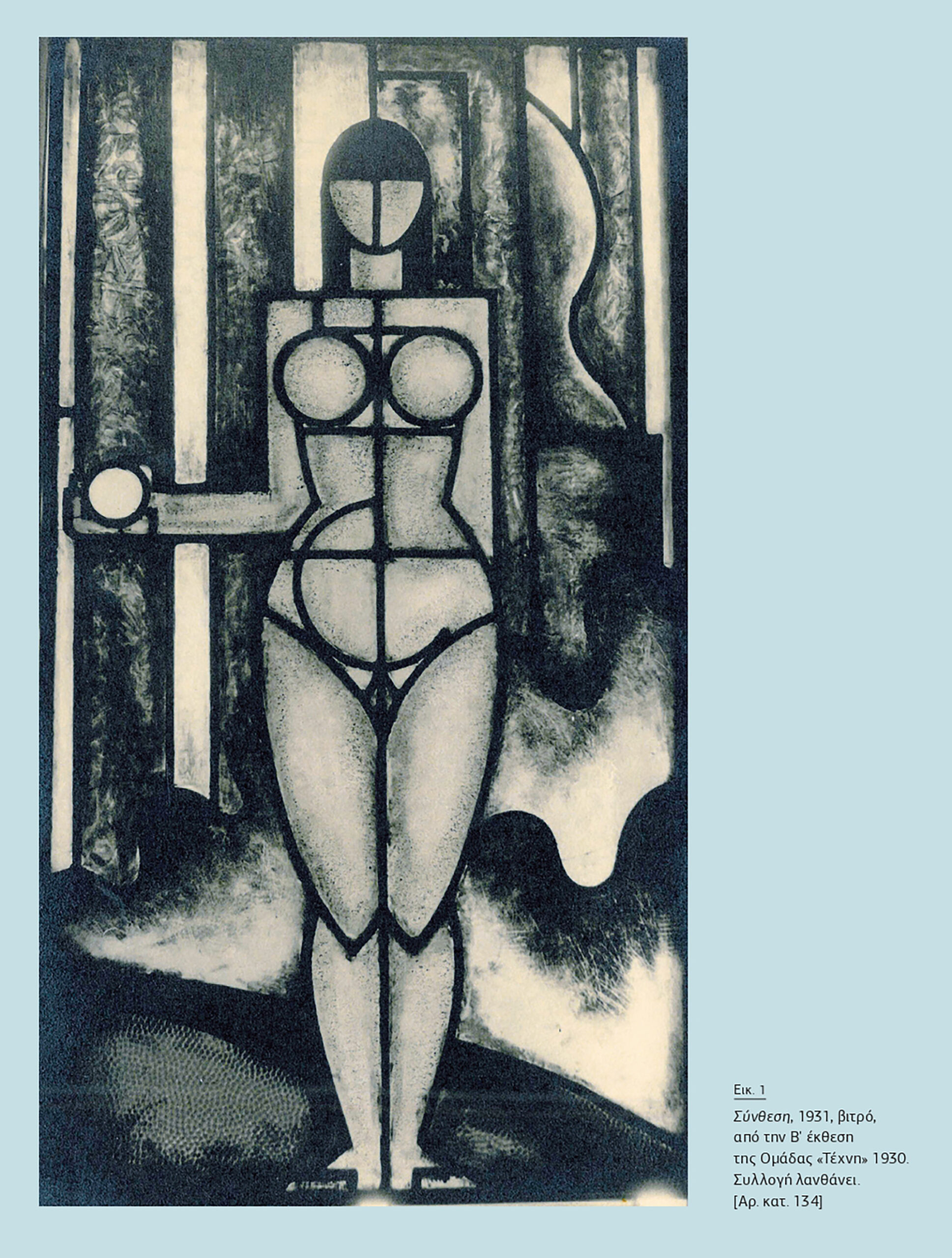
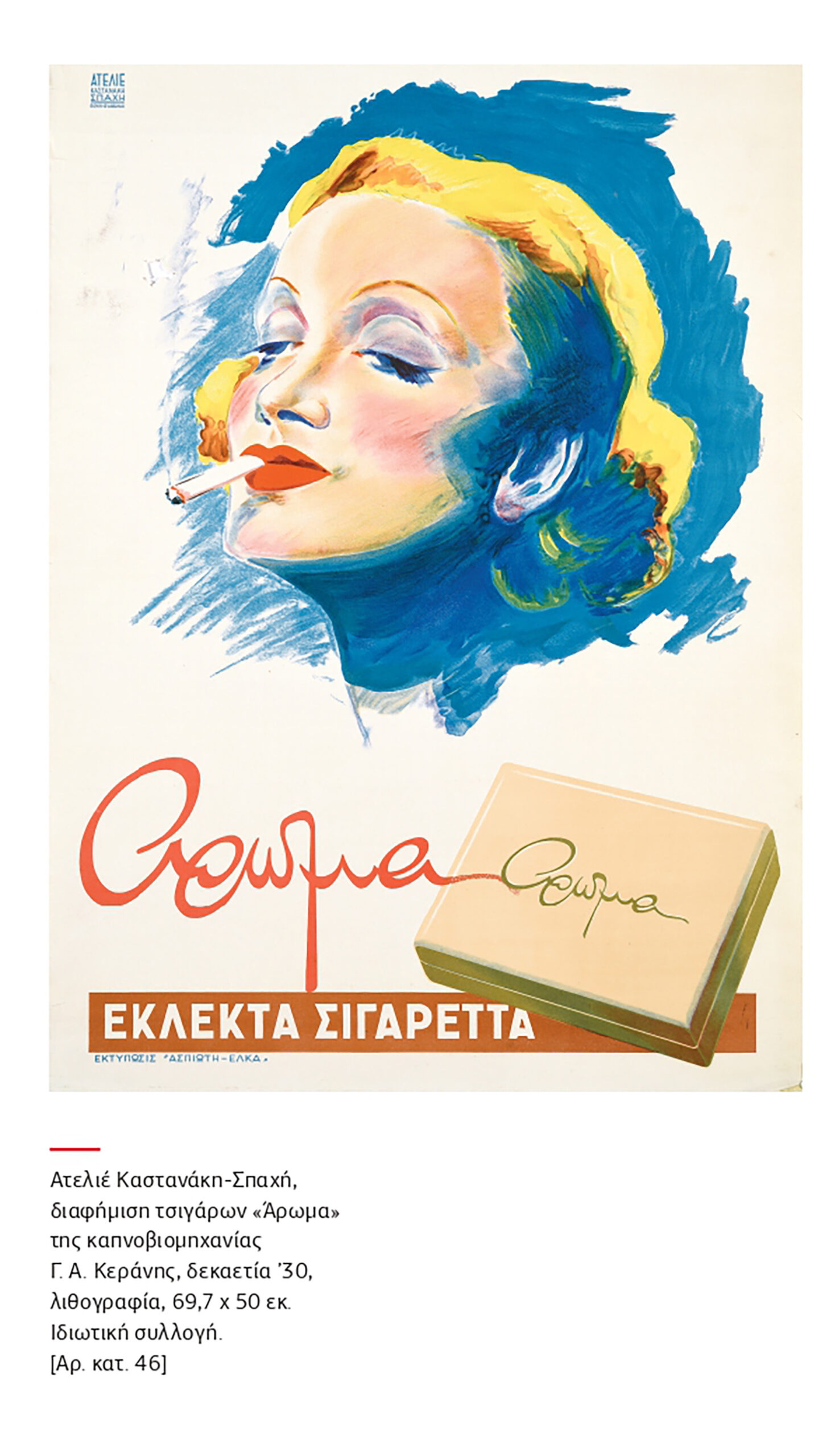
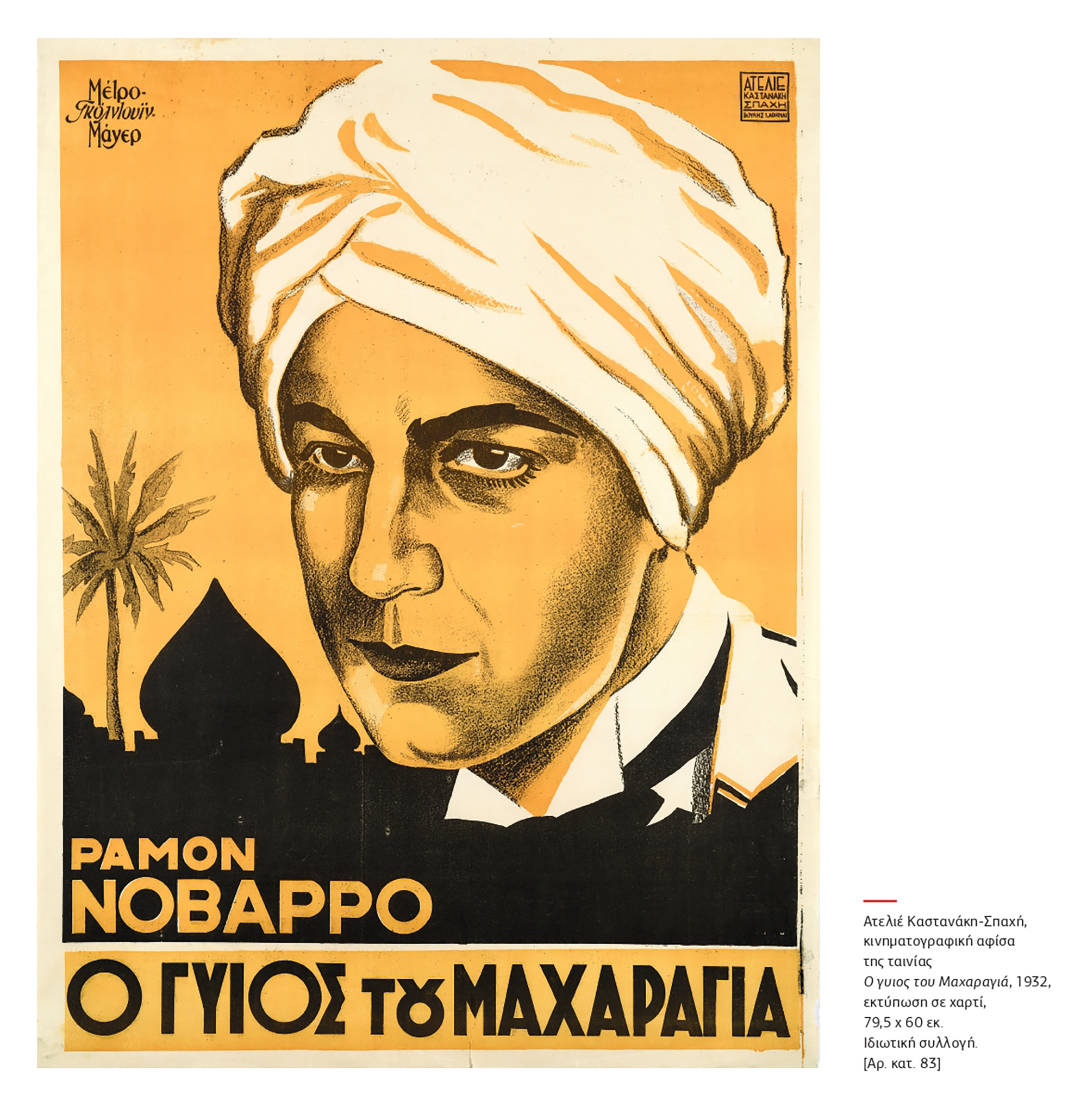
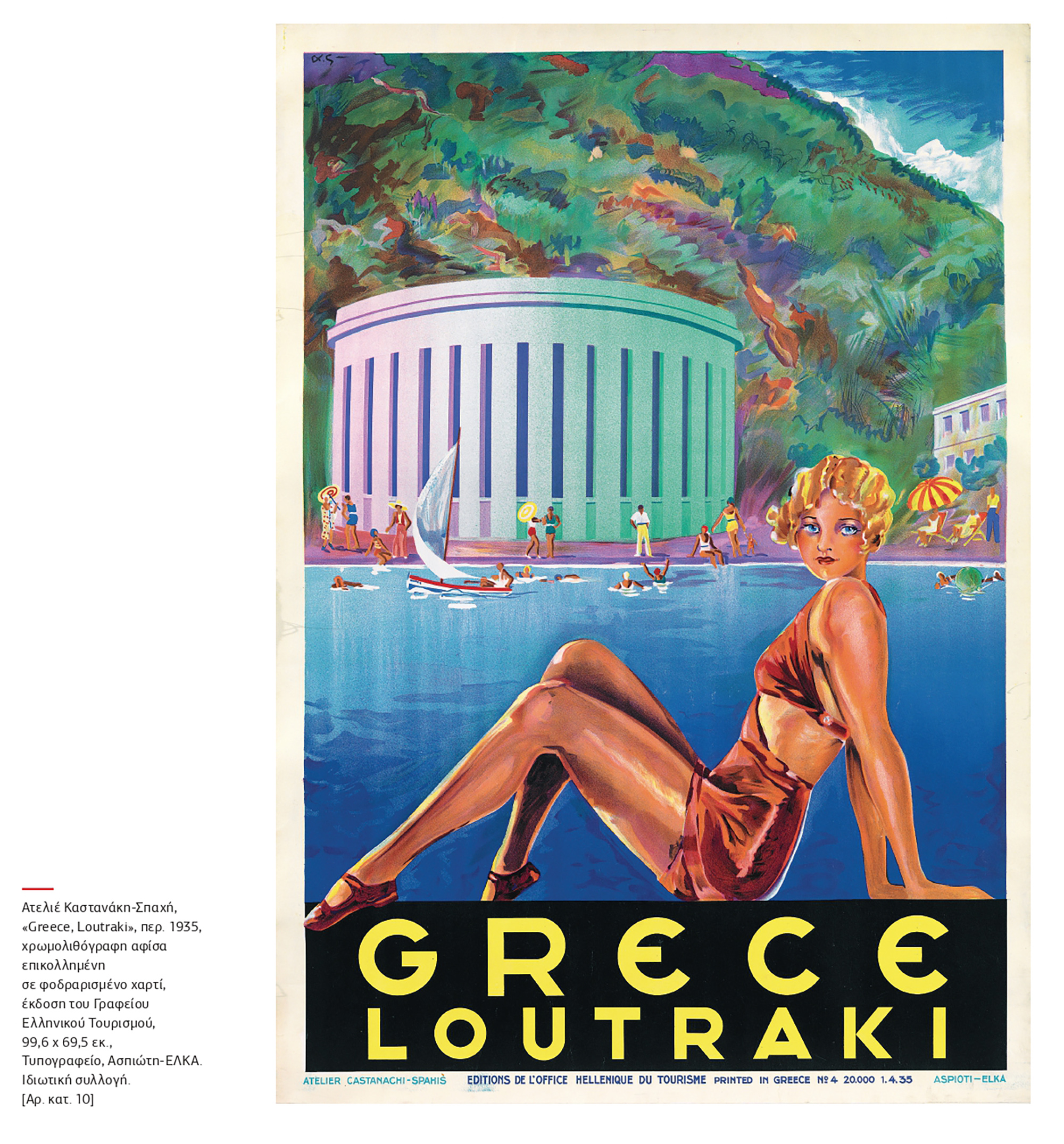
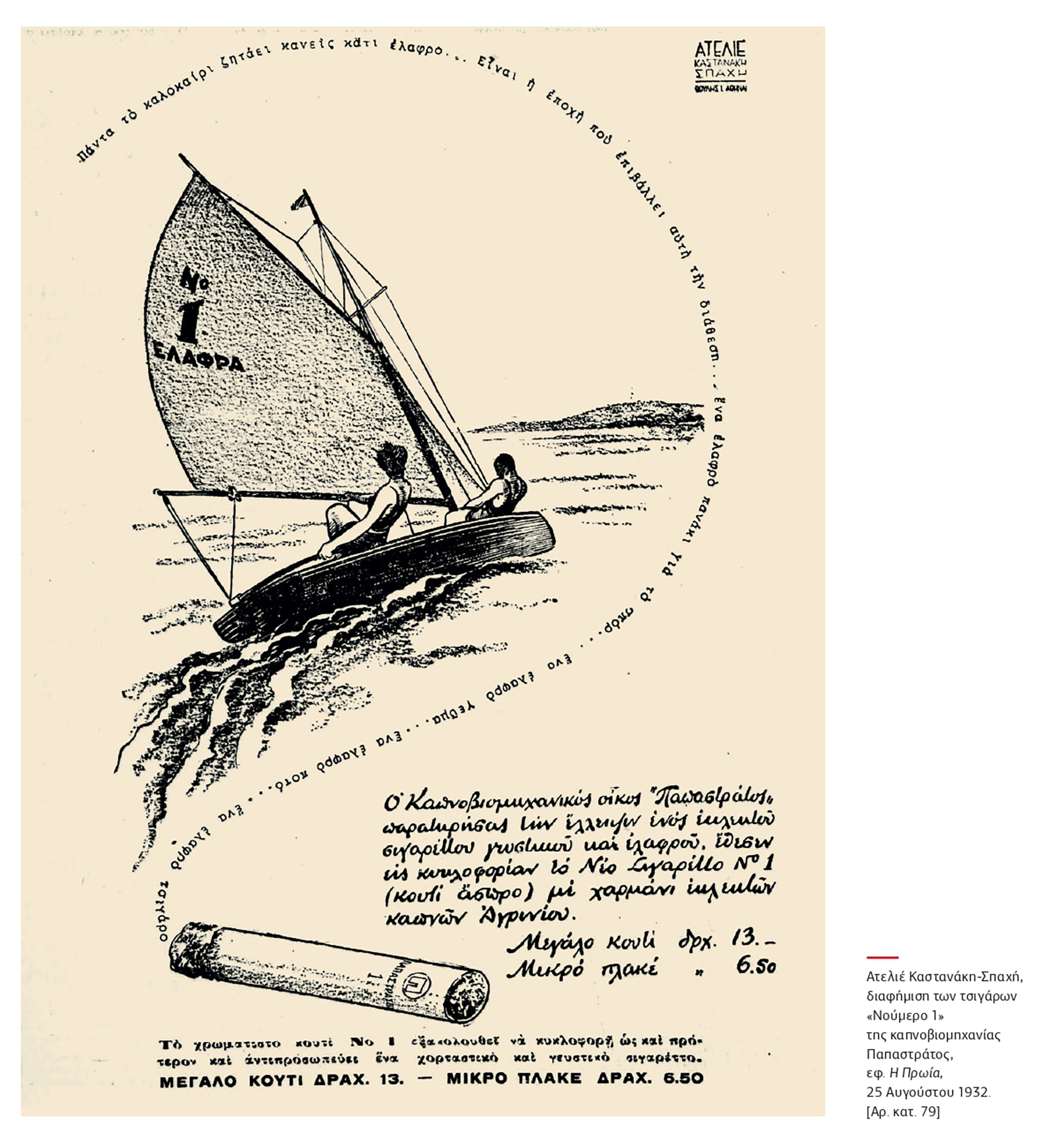
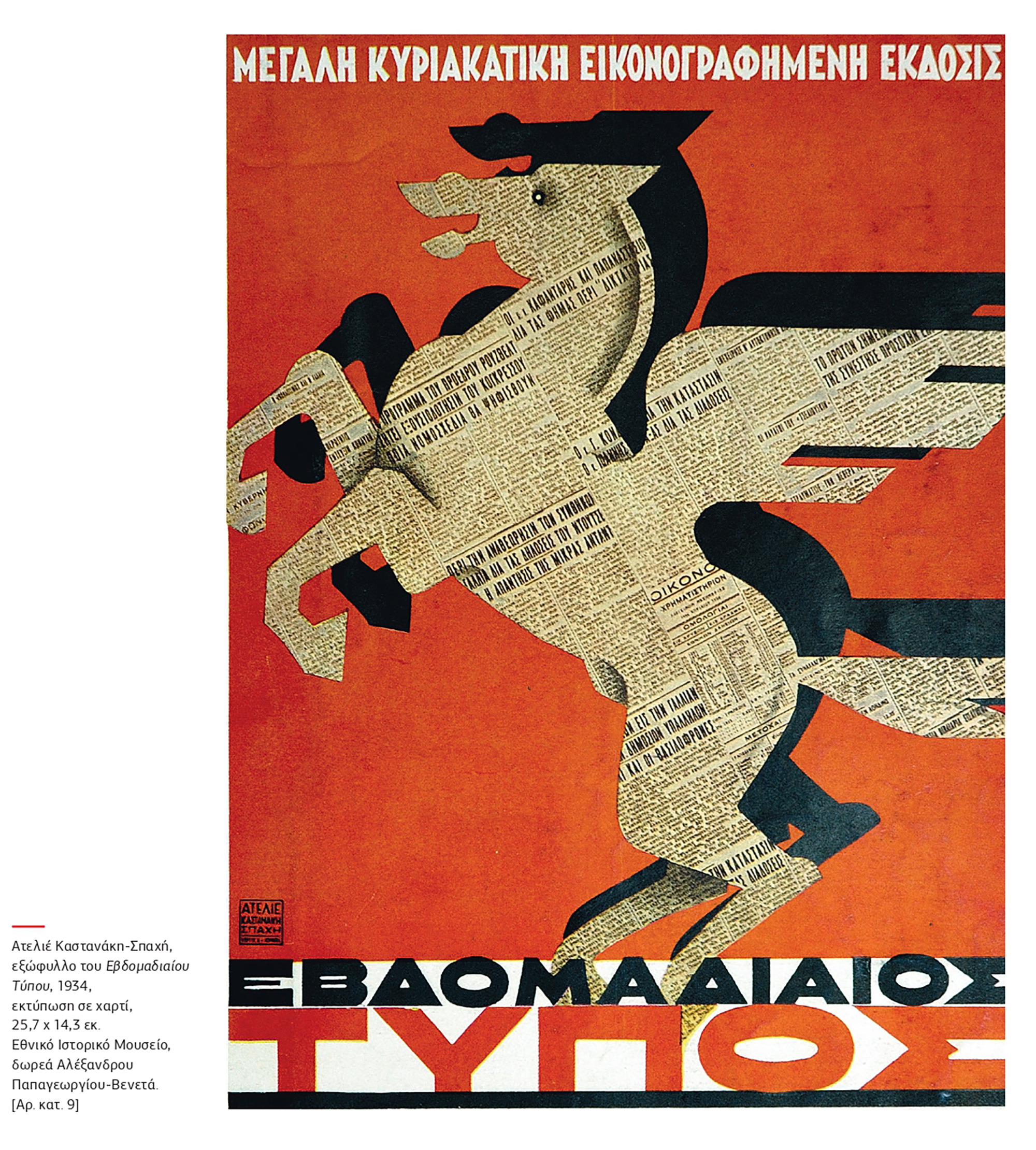
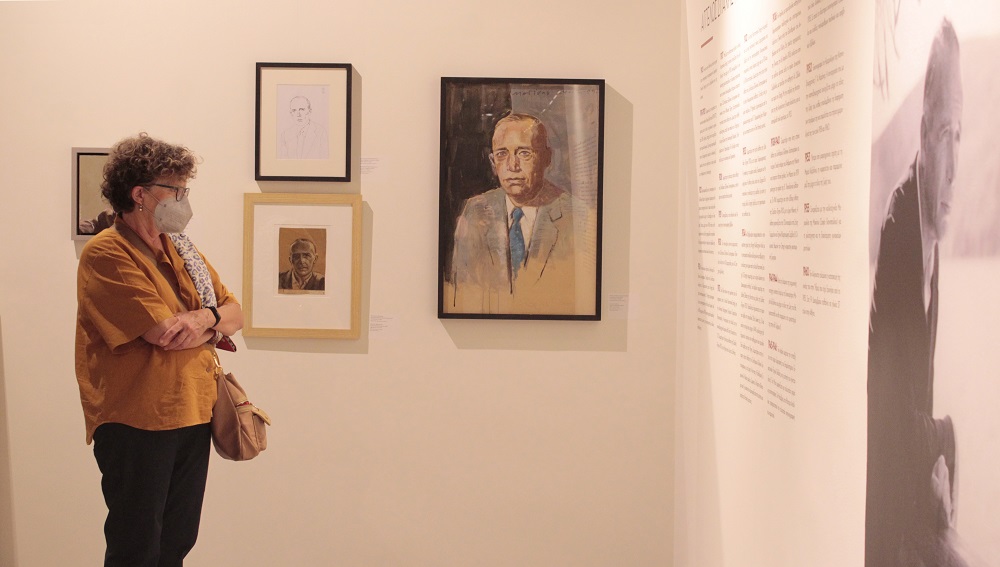
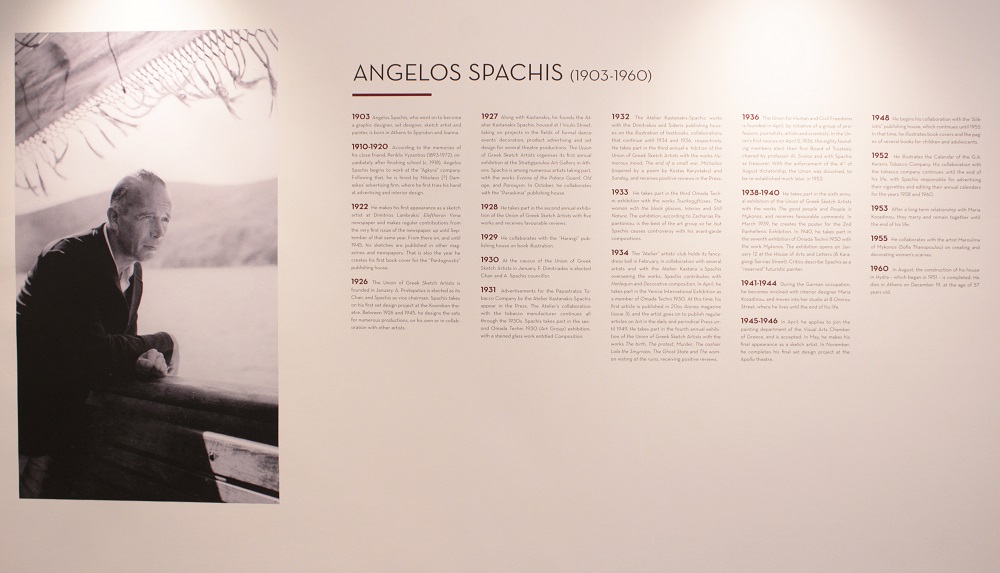
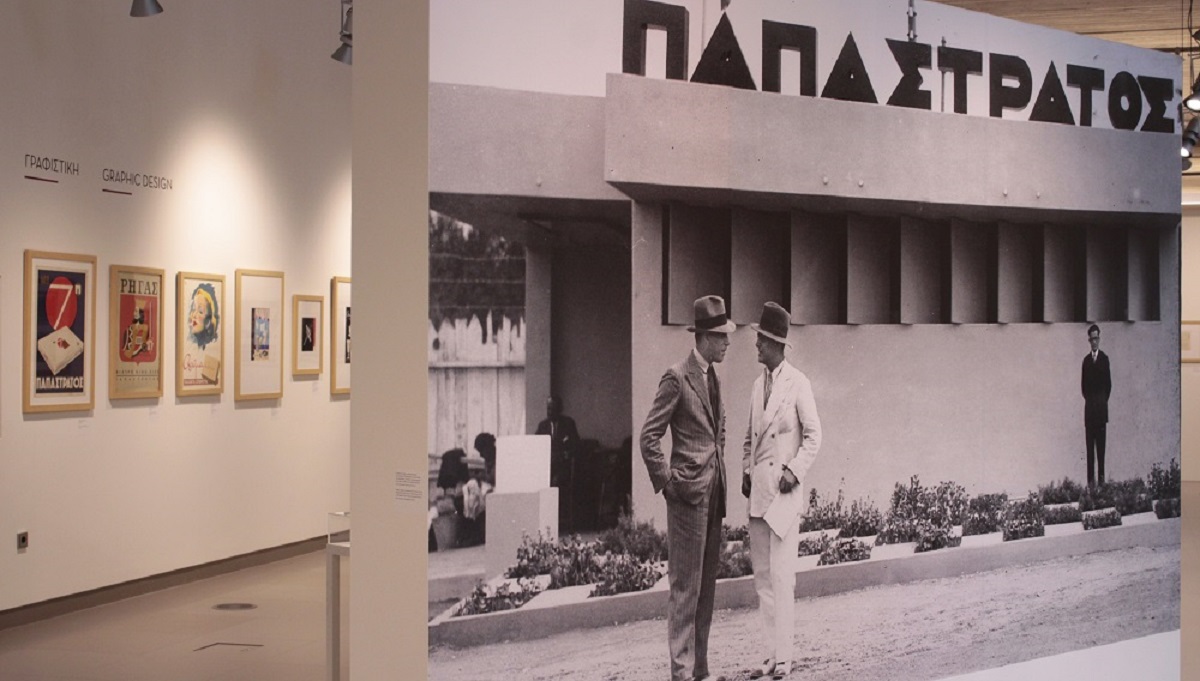
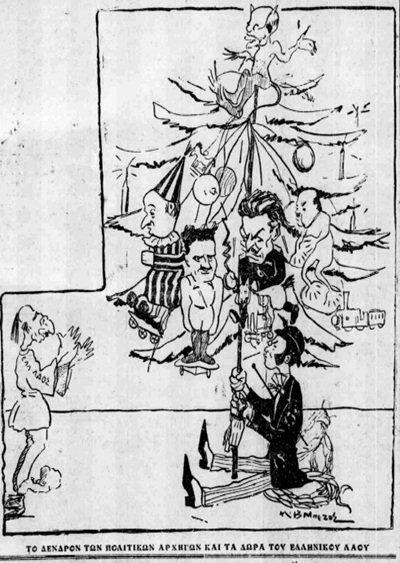
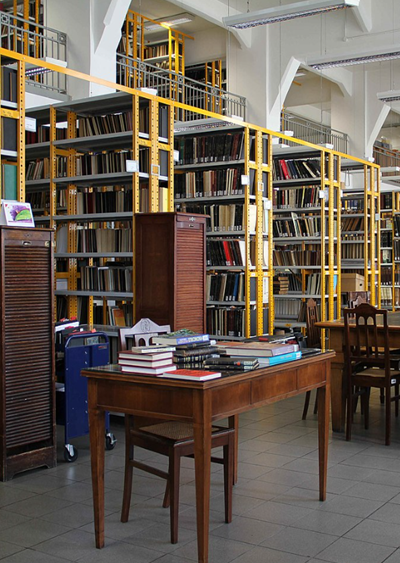
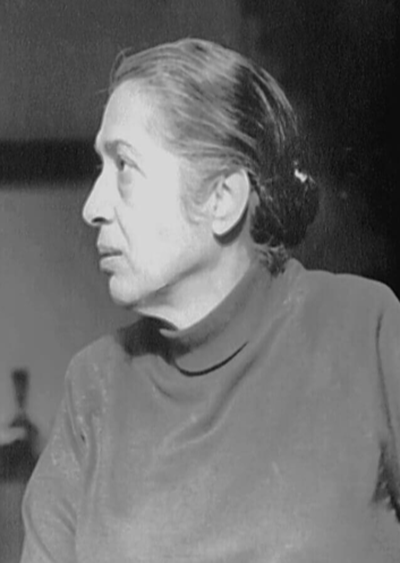
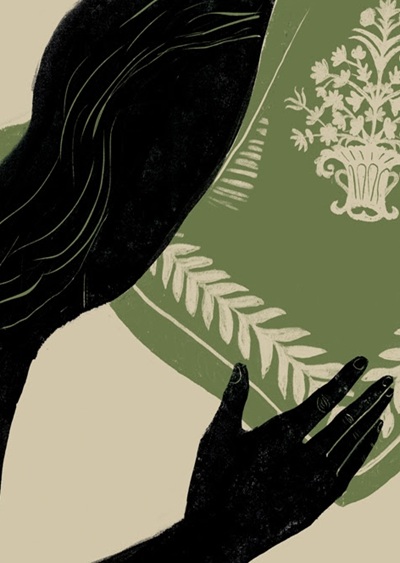


Leave A Comment